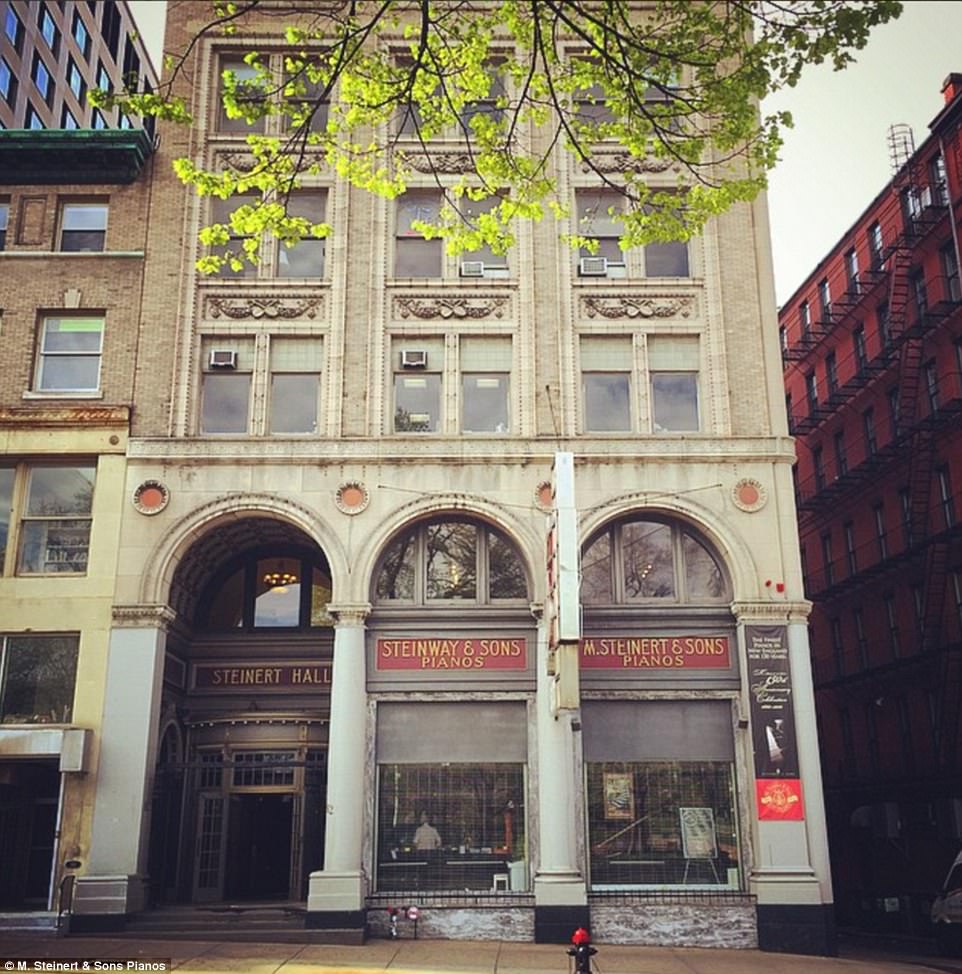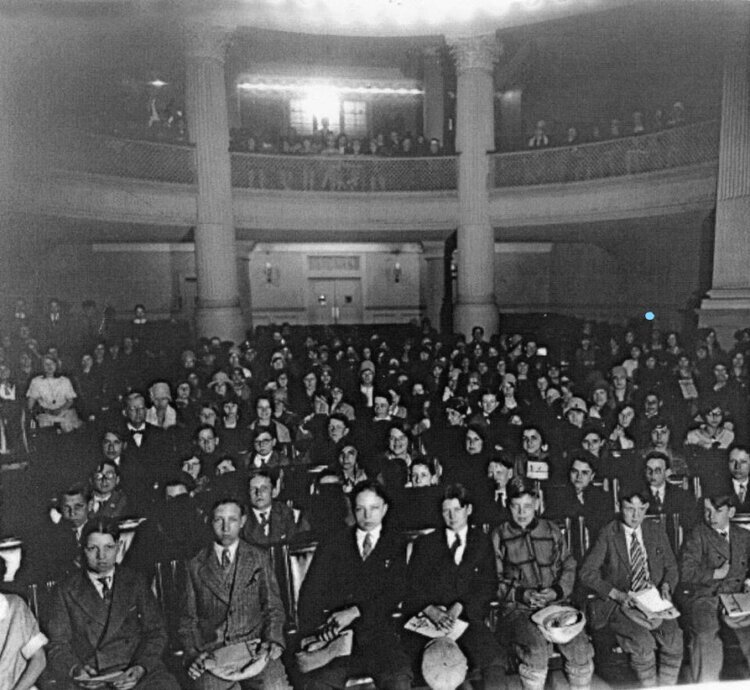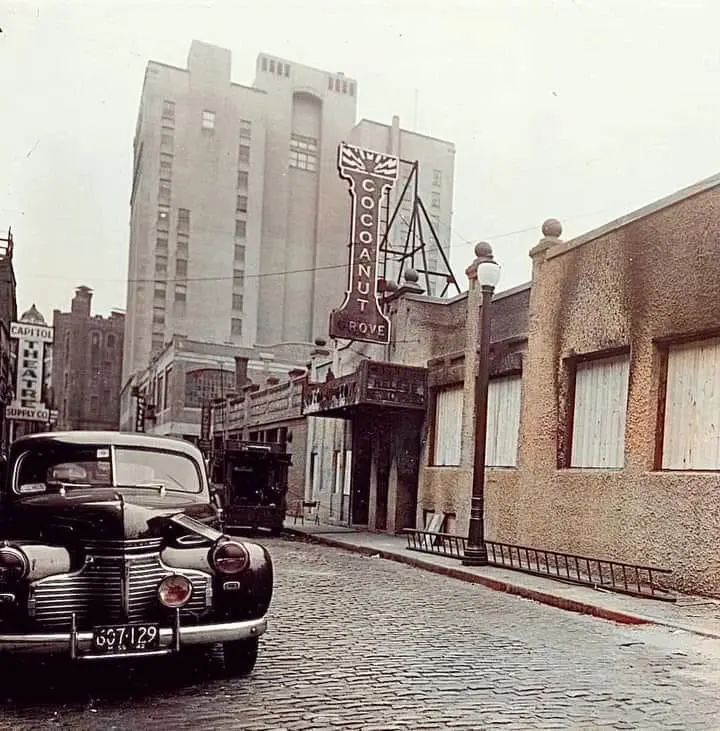Steinert Hall

Much of Boston’s history is shrouded in mystery, whether it be stories about smuggling tunnels under the North End or an abandoned subway branch somewhere beneath Tremont Street. Here’s the story of another one of those clandestine places under Boylston Street: a subterranean concert hall built in the late 1800s that still exists today, known as Steinert Hall.
Steinert & Sons piano store was established in Boston in 1883 by Morris Steinert and was the only authorized seller of Steinway pianos in the city. The operation had several storefronts in town before settling in at 162 Boylston Street in 1896 in a building that the Steinert family had designed exclusively for their thriving piano business. It consisted of an office space, a showroom and an adjacent concert hall.
Unique design, Going underground
At the time, having an actual concert hall in which to display products and/or provide entertainment to potential customers was common business practice in the piano industry, and a very strong commercial investment. The Steinert’s concert hall, however, was unique, as they wanted to maintain exceptional acoustics and prevent any outside noise from interfering with performances. The situation was similar to what it is today on Boylston Street, meaning that street noise is considerable (albeit from horse-drawn carriages, not cars and trucks).
The Steinerts decided that the best way to soundproof the concert hall was to put it between two and four floors beneath their store; it wound up being 30 feet underground, to be exact. Due to the basic physics of subterranean insulating properties and the hall’s elliptical shape, the acoustics were utterly impeccable. The hall also boasted interior domes and high arching walls that featured panels engraved with the names of master composers Mozart, Beethoven and Bach, among others. Its capacity was about 700 and by 1911 reporters were calling it “the headquarters for music and the arts” in Boston.
Notable appearances, Cocoanut Grove fire, Closing
Steinert Hall hosted many celebrated composers and musicians for over 30 years before it was forced to close in late 1942. Fritz Kreisler, Harold Bauer and Josef Hofmann were a few of the greats to perform there, drawn to the hall because of its exceptional acoustics. Soon after the tragic Cocoanut Grove fire on November 28, 1942, however, Boston instituted much stricter fire codes and evacuation regulations and, because the hall was underground, it was literally impossible to meet the new requirements, thereby forcing closure of the once-prominent musical space.
The hall still sits beneath the city, however, used mostly as a storage space for old piano parts and office items. Precious few have the opportunity to venture down into the hall these days unless they happen to be a famous musician; Elton John reportedly went to see it one time when he was passing through Boston on a tour. Because of the lack of upkeep and neglect, the space has suffered considerable water damage and decay, neither of which has been helped by its underground location.
New ownership, Possible reopening
In 2015, M. Steinert & Sons sold the six-story office building, the showroom and Steinert Hall. The good news is that the corporation that bought the property has stated publicly that they are committed to not only restoring the office and retail space, but also to renovating and reopening the hall at some point in the future.
The project would certainly be a challenging endeavor – bringing the hall into compliance with today’s building codes and safety requirements would take years and be astronomically expensive – but music lovers can hope that the project will go ahead. If it’s a success, then music would resonate once again through the subterranean walls of the historic hall in its secret place beneath the city of Boston.
(by Mark Turner)














